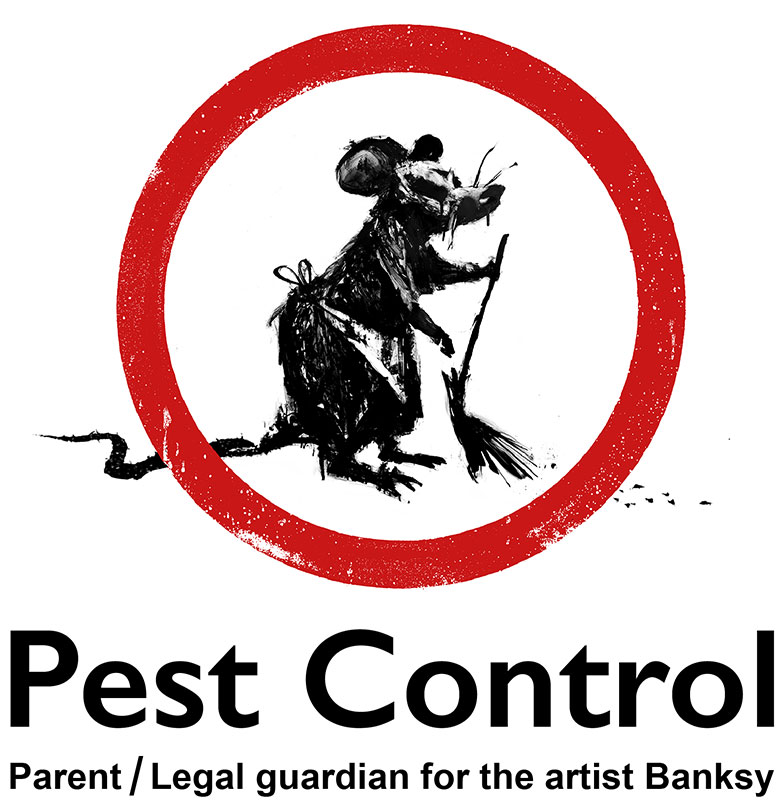A1 Bed Bug Exterminator Charlotte - Effective and Budget-friendly Services
A1 Bed Bug Exterminator Charlotte - Effective and Budget-friendly Services
Blog Article
Bed Pest Treatment Breakdown: Contrasting Chemical Vs. Non-Chemical Solutions
In the world of parasite control, especially when managing the consistent concern of bed bugs, the selection between chemical and non-chemical treatment services can be a critical one. Both approaches supply distinct advantages and drawbacks, affecting variables such as effectiveness, security considerations, and overall price. By analyzing the nuanced information of each technique, a clearer understanding of which course to go after in resolving a bed pest problem can be obtained.
Effectiveness of Chemical Therapies
Chemical treatments for bed bug invasions have actually been commonly identified for their potent and fast effectiveness in eradicating these pests. When thinking about the performance of chemical treatments, it is vital to comprehend that they can supply a detailed and fast option to a bed insect problem.
Moreover, chemical therapies have the benefit of offering residual impacts, meaning that they can continue to eliminate bed bugs also after the initial application. This recurring activity is particularly beneficial in combating any kind of possible re-infestations. In addition, the fast activity of chemical treatments can bring relief to individuals dealing with serious bed pest problems, enabling them to regain control of their home promptly.
Security Interest In Chemical Solutions
One crucial aspect that calls for cautious consideration when using chemical solutions for bed pest therapy is guaranteeing the security of owners and the setting. Direct exposure to specific chemicals used in bed pest treatments can lead to respiratory issues, skin inflammation, or other negative reactions, specifically in people with pre-existing problems or sensitivities.
Furthermore, the ecological effect of chemical solutions is one more substantial consideration. Some pesticides utilized in bed insect treatments may be harmful to useful insects, wildlife, and ecological communities if they seep right into the dirt or water systems. It is vital to use chemical treatments sensibly, adhering to safety standards, and taking into consideration less poisonous choices to mitigate these dangers and make sure the risk-free and reliable monitoring of bed pest invasions.
Advantages of Non-Chemical Approaches
Considering the potential safety and security worries and environmental effect related to chemical services for bed pest therapy, checking out non-chemical techniques presents a promising alternative with a number of distinct benefits. Non-chemical approaches supply a much safer alternative for homes, especially those with people, family pets, or youngsters delicate to extreme chemicals. These approaches eliminate the risks of exposure to poisonous materials, lowering the potential for damaging health and wellness results. In addition, non-chemical therapies are eco-friendly, as they do not add to air or water pollution, making them a lasting selection for bug control.
In addition, non-chemical options can be reliable in targeting bed bugs, consisting of hard-to-reach locations where chemical treatments might not permeate - A1 exterminator charlotte nc. Techniques such as warm therapy, vacuuming, heavy steam cleansing, and mattress coverings offer extensive elimination without the usage of dangerous chemicals.
Limitations of Non-Chemical Treatments

In addition, non-chemical therapies often A1 charlotte bed bug exterminator require multiple applications to achieve effective elimination. This can be time-consuming and may not always guarantee complete elimination of all bed pests and their eggs, specifically in concealed or hard-to-reach locations.
In addition, the success of non-chemical treatments greatly relies upon appropriate implementation and thoroughness, which can be testing for people without specialist expertise. Poor application of non-chemical methods may lead to insufficient eradication, causing consistent problems and the demand for extra treatments.
Consequently, while non-chemical therapies have their benefits, it is vital to recognize these constraints and consider them when figuring out the most reliable strategy for taking care of bed bug infestations.
Price Contrast: Chemical Vs. Non-Chemical Options
Provided the restrictions related to non-chemical treatments, a necessary element to evaluate in the context of bed insect management is the expense comparison between chemical and non-chemical choices. Chemical treatments normally include the application of pesticides by specialists, which can range from $250 to $900 per area, depending on the intensity of the infestation and the size of the location to be dealt with. On the other hand, non-chemical treatments like heat therapy or steam can be a lot more expensive, with expenses ranging from $1,000 to $6,000 for a whole home. While the first expense of chemical treatments might appear reduced, multiple treatments may be required to totally eradicate the infestation, potentially enhancing the overall cost. On the other hand, non-chemical options might offer a more environmentally friendly and lasting remedy, although they can be cost-prohibitive for some individuals. Eventually, when thinking about the expense of bed bug therapy choices, it is essential to weigh the ahead of time expenditures versus the performance and lasting sustainability of the picked method.
Verdict

Thinking about the potential safety and security problems and environmental impact associated with chemical solutions for bed bug treatment, exploring non-chemical strategies presents an encouraging option with several distinct advantages.Provided the restrictions associated with non-chemical therapies, an essential aspect to assess in the context of bed insect administration is the price comparison in between chemical and non-chemical choices. In contrast, non-chemical therapies like warmth treatment or vapor can be much more pricey, with expenses ranging from $1,000 to $6,000 for an entire home. While the initial cost of chemical treatments may seem lower, numerous treatments might be called for to totally get rid of the infestation, potentially enhancing the general price.In verdict, when comparing chemical and non-chemical bed insect therapy options, it is vital to consider performance, security, advantages, limitations, and expense.
Report this page